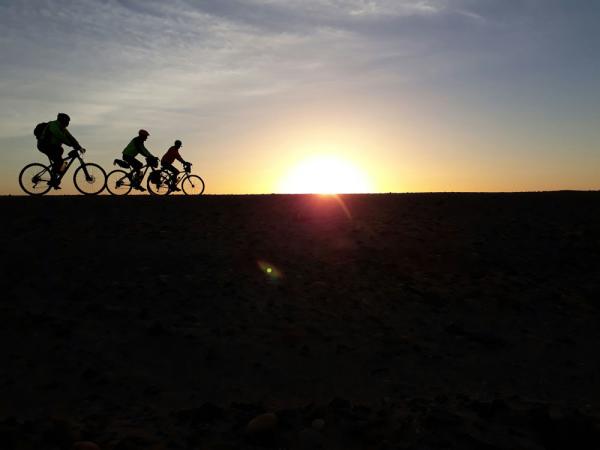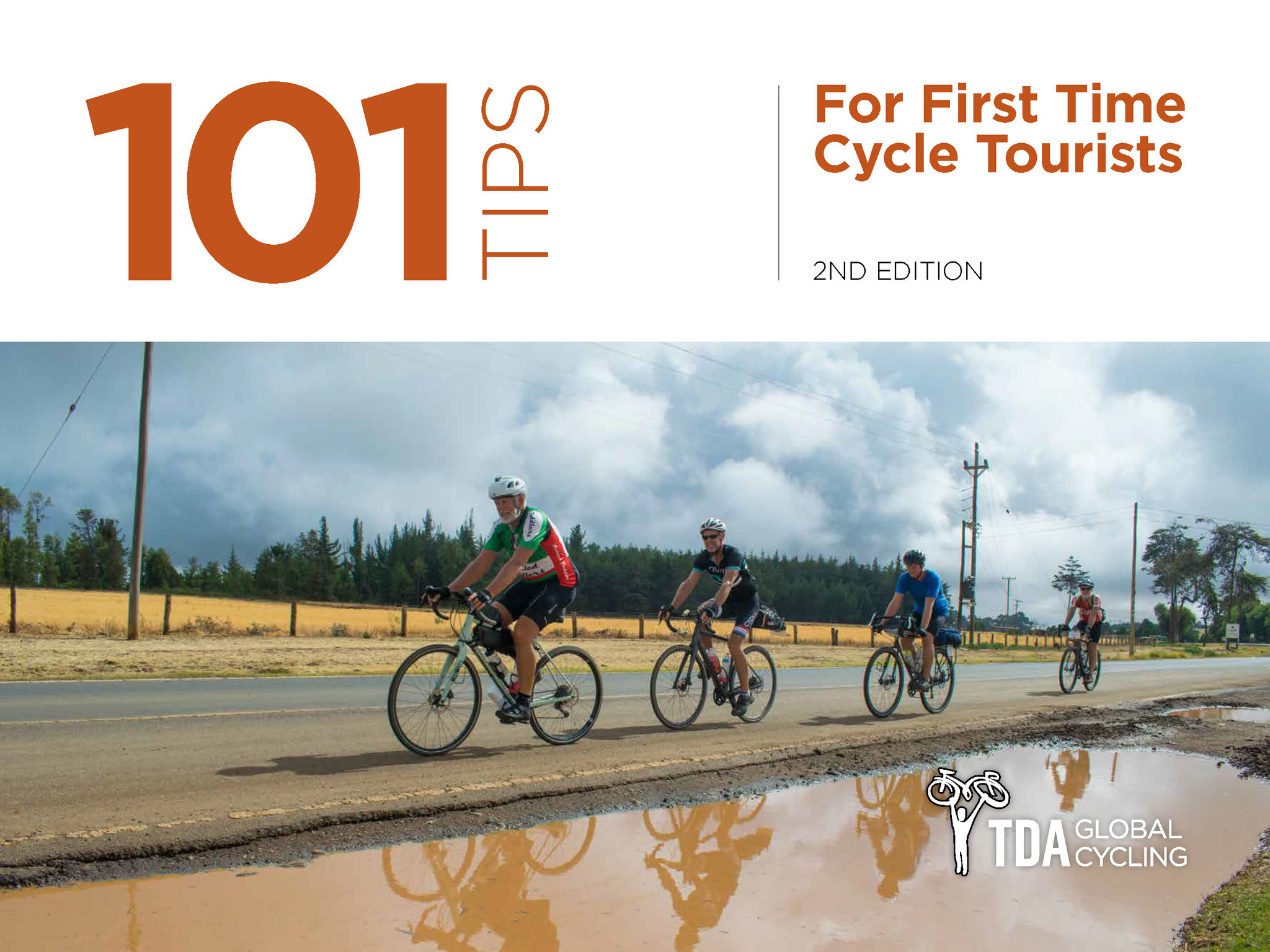Blog
The First Two Weeks Of The Tour d’Afrique: Done & Dusted
Well here we are in sunny Dongola, Sudan – where the locals are friendly, the food is delicious and the bugs are annoying as hell.
Two weeks into the 2017 Tour d’Afrique and there are quite a few things that have become the norm. First of all, 7:30pm has become an acceptable bedtime – in fact, going to bed any time after 8pm makes you a night owl.
Everyone has developed a healthy sun tan, however these tans tend to get abruptly cut off in strange places – sunglasses tans have got some of us looking like raccoons, while helmet tans have left strange diamond-shaped patches on our foreheads and some of us look like we are wearing white wristbands when we take off our watches.
Another rule of thumb is that the longer the riding day, the larger the breakfast – it’s not unusual for riders to dash back up to the breakfast table for a third or fourth helping of peanut butter porridge (yep, apparently that’s a thing) before jumping on the saddle for a 145km bike ride.
As mentioned in the previous Tour d’Afrique 2017 blog, the first four nights of this year’s tour were spent in hotels rather than camping, due to the local police’s anxiety over security concerns. As a result, the first time we pitched our tents was on the soft sand of a lush beach in Safaga not ten metres from the Red Sea, where a few riders cooled off with a post-ride dip and two of the TDA crew even went snorkelling, spotting a stingray.

From there, we rode up into the Red Sea Mountains, where the riders got their first taste of proper bush camping. This means fumbling through your bag in the dark trying to find your head torch, venturing out into the wilderness in the dead of night with a shovel and an alarmingly small amount of toilet paper, and waking up before dawn to the sound of dozens of dogs barking relentlessly. It also means quickly realising that despite your preconceptions of hot, sandy deserts, Egypt gets crazy cold.
Cyclists then jumped on their saddles and made a beeline for Luxor, where we enjoyed a rest day the following day. Most went for a day tour around town to check out Luxor’s numerous beautifully preserved temples and ancient sites, before returning to the campsite for dinner and then retiring either to their tent or their hotel room, depending on whether they are part of the EFH club or not (…Every Fucking Hotel).
The two riding days from Luxor to Aswan consisted of a strange mix of super friendly and excited children chasing after everyone on their bikes, frantically waving and screaming “HELLO! HELLO! HOW ARE YOU WHAT YOUR NAME!”, as well as the less friendly children who instead opted to throw rocks at cyclists as they pedalled through villages.
Nevertheless, the numerous towns and winding roads were a refreshing change from the vast, empty desert and large trucks whizzing by at 100km an hour. If anyone was starting to get too complacent though, that immediately ended the moment one cyclist’s tyre – pumped up to 110psi and left sitting in the sweltering heat of the peak of the day – exploded with an obnoxious bang, putting all the police standing nearby on full alert and sending everyone else ducking to the ground.

Just two weeks in, we’ve already had two birthdays on tour. Kiwi cyclist Murray spent his 60th birthday somewhere in the remote southern Egyptian desert sharing some chocolate cake with Nutella icing with his fellow riders, followed by a communal bonfire where there were a few Stellas drank (not Stella Artois – just “Stella”, a tasty Egyptian lager that goes down like water after a full day of riding).
Two weeks has also proven long enough for distinct groups to blossom amongst the riders: there’s the “sweeper crew”, who are quite content to sit back and enjoy their breakfast in the morning, pedal along at a comfortable pace, and perhaps pop into a Coke stop or two along the route before arriving at that night’s campsite.
Then there are the “racing snakes”, who are often the first out of camp each morning, the first to arrive at the lunch truck, where they wolf down a few sandwiches and some fruit salad before waving a cheerful goodbye as they pedal off into the horizon towards dinner.

Our next rest day was in Abu Simbel, a town just 35km or so from the Egypt-Sudan border with quite an interesting history. While some might have been a little “templed out” by this point of the Egyptian leg, the point of difference with the Abu Simbel Temples is that the locals actually undertook a gigantic operation in the sixties to cut the 3000-year-old temples into hundreds of separate blocks and move them further up the hill to rescue them from the rising water level of the Nile, putting them all back together in exactly the same way they were before.
At dawn, the 2017 Tour d’Afrique cycled in a convoy from the campsite to the Nile’s edge, where we boarded a ferry across to the other side and rode our final Egyptian stretch to the Sudanese border.

Here, a very firm “hurry up and wait” policy was in place where patience is your best bet of making it through the day. After a lot of forms, queues and standing around scratching heads, everyone was admitted into Sudan and eagerly rode the 35km to Wadi Halfa, our campsite for the night.
Even on the first riding day in Sudan, the scenery looked slightly different to that of Egypt, and reality soon hit with hefty winds (sometimes crosswinds, sometimes headwinds… occasionally tailwinds if we were lucky!) that almost had cyclists getting blown off their bikes.
As for that night, the only reason no one’s tent got blown away by the relentless wind was that they were anchored down by the sheer amount of sand that wisped its way through the flywire and into the tent throughout the night, nearly burying us alive as we slept.
With campsites dotted along the Nile in northern Sudan, a few daring cyclists had a quick bathe in the Nile despite our tour doctor’s orders – although, the tour doctor was actually the first to jump in the water, insisting that we all “do as she says, not as she does”.
That’s pretty much it for now; after four quite lengthy riding days, today feels like the first proper rest day where most people on tour are opting for a lazy day to recover rather than venturing out.
The next week brings new challenges as we switch to dirt roads a couple of days after leaving the Sudanese capital of Khartoum to head towards the Ethiopian border and the Pharaoh’s Delight section draws to a close.

 REGISTER NOW
REGISTER NOW




1 Comment for "The First Two Weeks Of The Tour d’Afrique: Done & Dusted"
Looks like the trip of a lifetime!